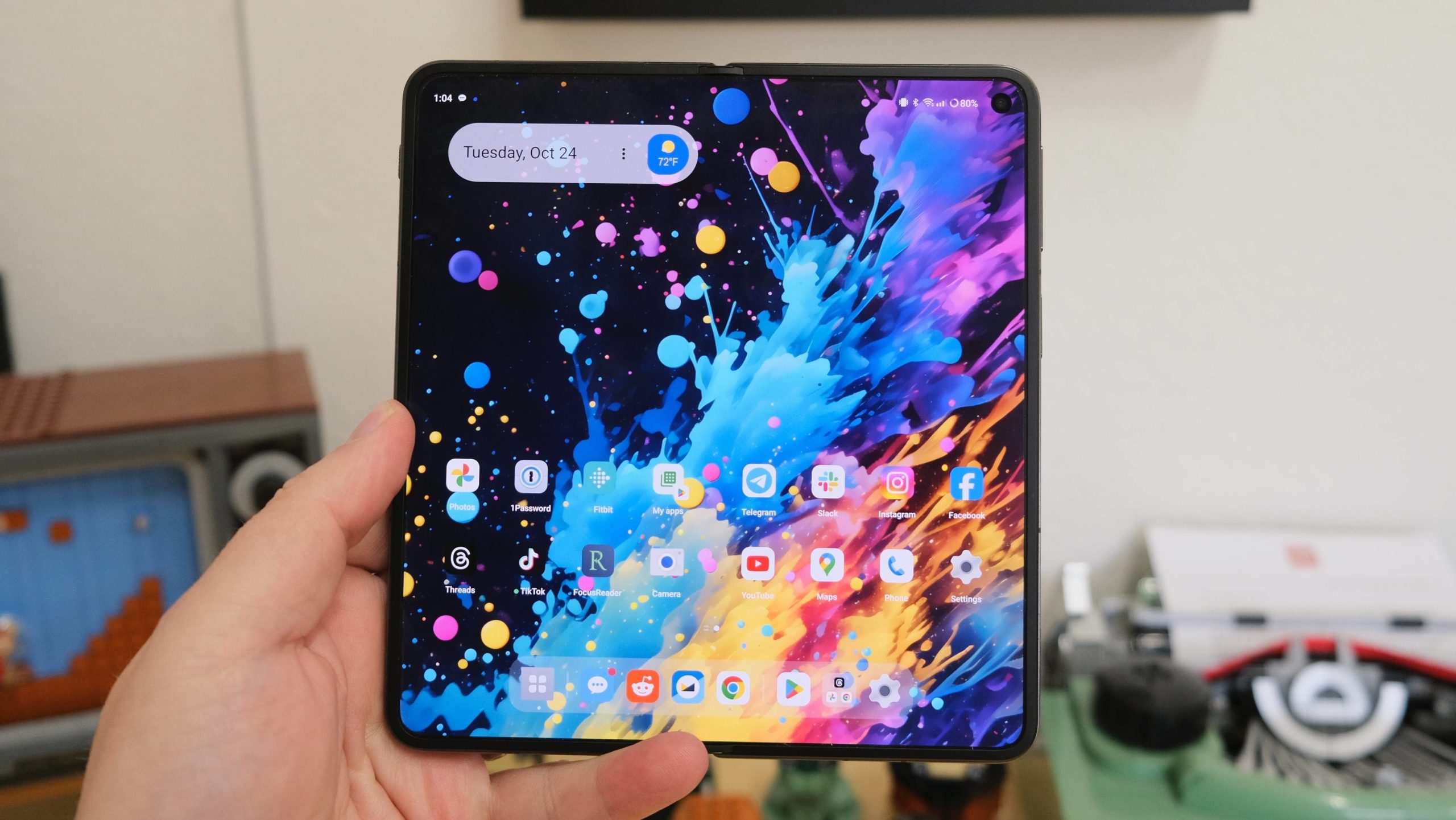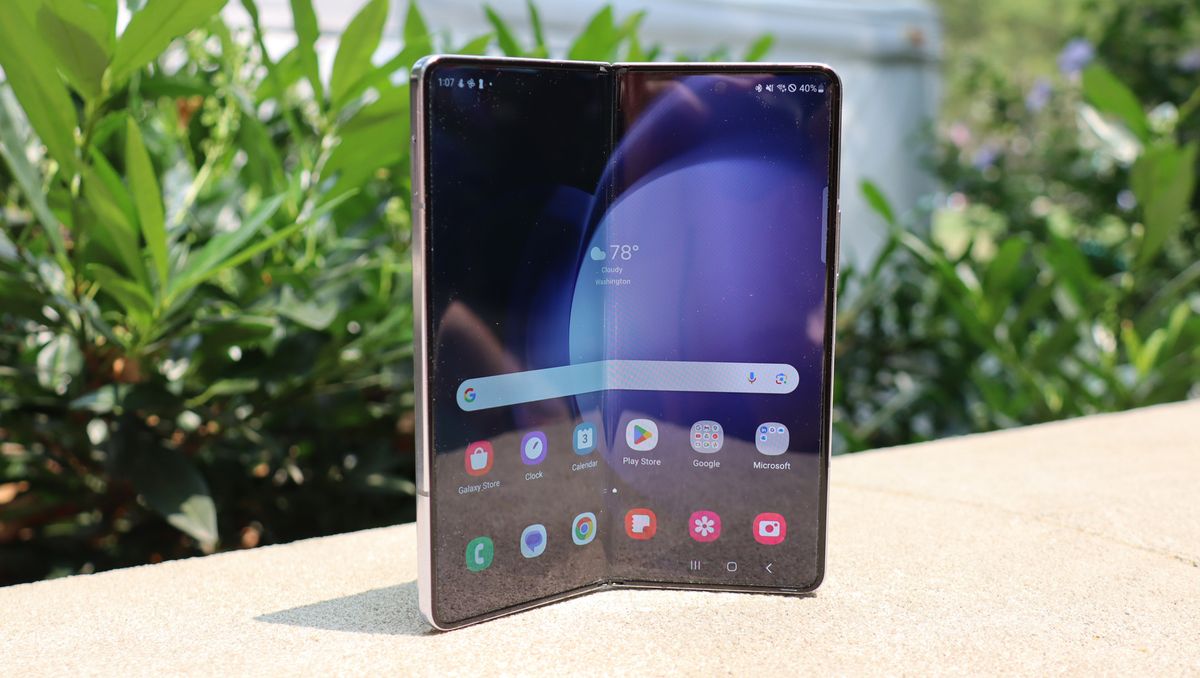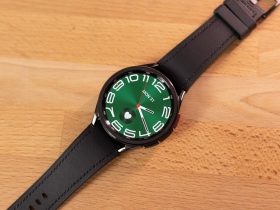In our initial review of the Samsung Galaxy Z Fold 6, it was suggested that its photo capabilities be tested in the rain, given its new IP48 rating, which is the first for Samsung foldable. Typically, I wait for ideal sunny conditions to take photos, both for product and camera samples.
However, the Fold 6’s water-resistant feature offered a new opportunity to test its durability and performance in adverse weather conditions. This test also provided a chance to compare the Z Fold 6’s camera with the OnePlus Open, particularly since I’ve often criticized Samsung’s camera performance.
Despite my plans, the weather remained cloudy, which actually turned out to be a fitting backdrop for the photos. Using default settings on both devices, I noticed the Z Fold 6 added a bluish tint to its photos, while the OnePlus Open produced more vibrant and lively images.
This difference in color tone could be seen throughout the photo comparisons, though it largely comes down to personal preference. I observed that the OnePlus Open captured more detail in its images, suggesting it might have a slight edge over the Z Fold 6 in terms of clarity and detail.

Examining the telephoto capabilities of both phones, I found notable differences. Both devices offer a 3x optical zoom, but the OnePlus Open features an additional 6x in-sensor zoom. In one test photo of a bird, the Z Fold 6 produced a darker, less detailed image compared to the OnePlus Open, which even managed to capture a heron in the background.
Comparing the 10x preset of the Z Fold 6 with the 6x preset of the Open, the latter provided a more accurate and detailed image, whereas Samsung’s image processing appeared overly smooth.
While I didn’t focus much on the ultrawide cameras, I observed a role reversal in their performance. The Z Fold 6 delivered moodier shots, whereas the OnePlus Open produced brighter, more vibrant images.
Additionally, both phones’ ultrawide cameras doubled as macro lenses. In one macro shot, the Z Fold 6 showed punchier colors, but the Open captured finer details, such as a visible and in the image, highlighting its superior detail resolution in close-ups.
Testing the phones’ super zoom capabilities presented another interesting comparison. A massive cargo ship off the coast allowed me to test the 30x zoom feature on both devices.
Holding the phones steady without a tripod was challenging, and neither picture was particularly impressive, emphasizing that such high zoom levels are more of a novelty than practical. Nevertheless, the exercise highlighted differences in image quality and stability between the two phones.
The original goal was to see how the Galaxy Z Fold 6 performed in the rain, but my plans were disrupted by unexpected weather changes and an unfortunate incident where I locked my keys in the car during a downpour.
Despite this setback, I learned that both the Fold 6 and the Open remained functional and unharmed after being exposed to heavy rain, demonstrating their durability. This experience underscored the importance of ensuring personal belongings are secure and highlighted the resilience of modern smartphones in challenging conditions.






Leave a Reply